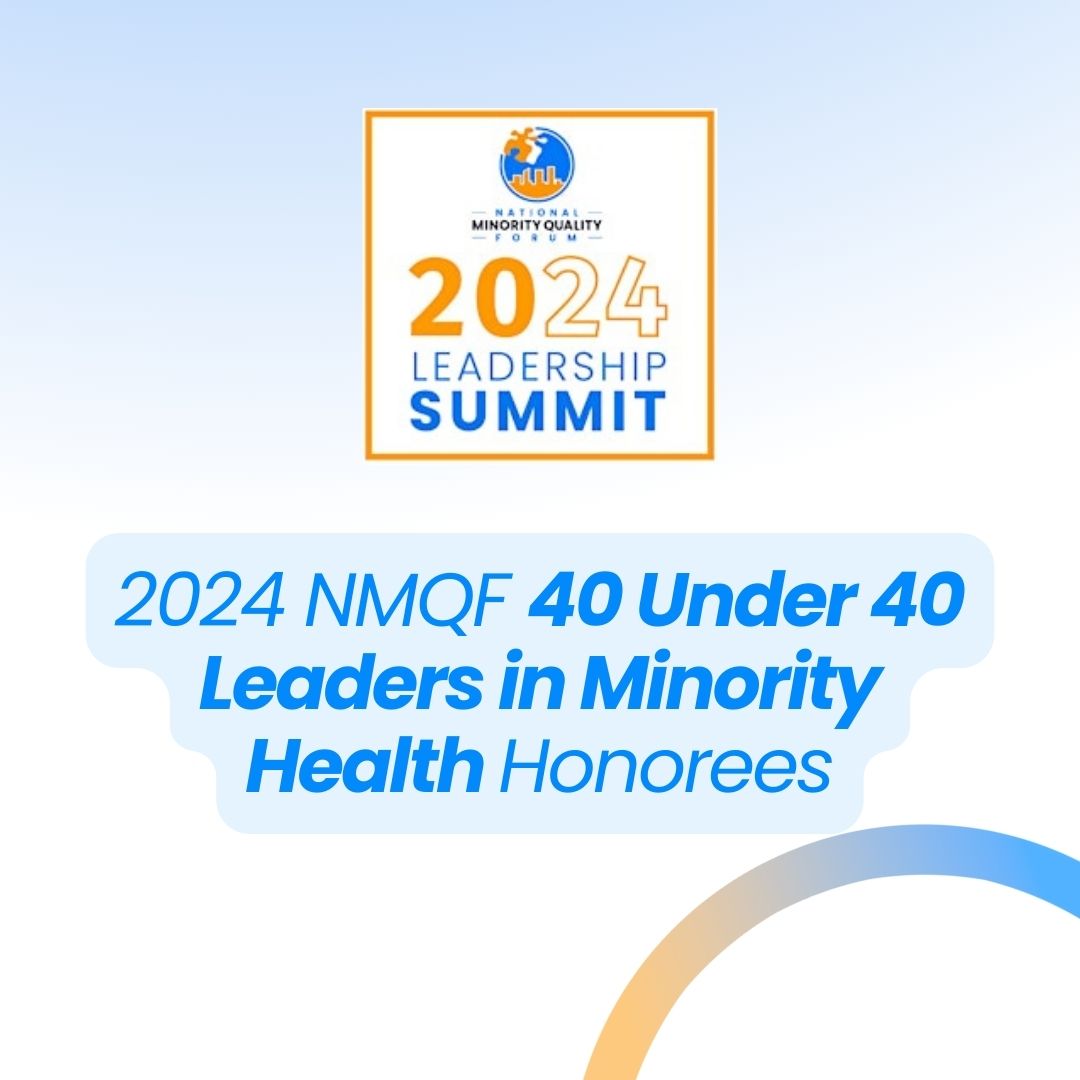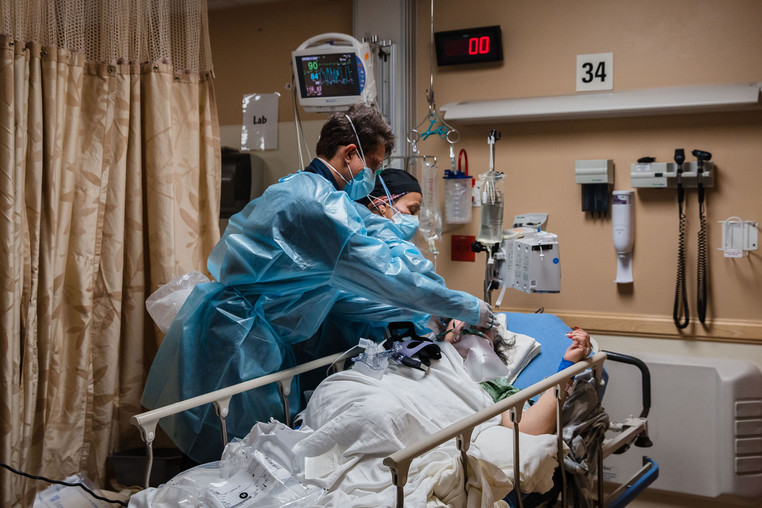
March 18, 2024
By Adjoa Kyerematen
National Minority Quality Forum Announces 2024 “40 Under 40 Leaders in Minority Health” Award Recipients
Read More

As succeeding Covid waves killed and wreaked havoc in their societies, world leaders who were caught unprepared vowed it would never happen again.
A group of top scientists and industry leaders warned Wednesday that they’ve forgotten that pledge.
How so? The world lags in developing potential tests, drugs and vaccines for most of the pathogens that can cause the next pandemic, says a report from the International Pandemic Preparedness Secretariat. The IPPS is an international partnership of top government scientific advisers, the pharma industry and global health organizations focused on ensuring those products are available within the first 100 days of a pandemic threat.
Approved drugs, tests and vaccines exist only for the two viruses that recently caused regional or global outbreaks: Covid-19 and the Zaire strain of Ebola, said the report, released today. And even those products aren’t always accessible to people who need them.
Between 2014 and 2022, most research and development funding for countermeasures to pathogens with pandemic potential went to vaccines at just over $11 billion, followed by therapeutics at $6.2 billion. Tests got the least funding at just over $1 billion, the report shows.
That’s a problem because vaccines won’t always be successful against a virus and drugs will be needed, as in the case of HIV, Mona Nemer, Canada’s chief science adviser, who chairs the 100 Days Mission Steering Group, said. The same goes for tests, she said. “When you need them and they’re not there, you just don’t know what you’re dealing with,” she told Carmen.
What’s next? The group called for funding of between $80 million and $100 million to build a prototype diagnostics library for pathogens that could cause a pandemic. It also aims to develop at least two drug candidates ready for a Phase II clinical trial for each of the top 10 pathogen families the World Health Organization identified as posing the most danger.
The U.S. is the top donor for nine of the 10, which include Covid, Ebola and Zika. That makes funding “less sustainable and vulnerable to political shifts,” the report noted.
Nemer said the group hopes that everyone will step up. “It’s our insurance policy. We hope we’re not going to need it but if we need it, it’s going to be there,” she said.
While the cancer death rate in the U.S. has fallen 33 percent over the past three decades, many communities of color haven’t seen anywhere near that improvement.
Those communities are, not coincidentally, at higher risk for environmental exposures that can lead to cancer.
The National Minority Quality Forum, which researches how to improve care for those communities and advocates for policy changes, has a new report detailing the extent of the problem:
— Black and Hispanic communities are disproportionately likely to have polluted watersheds. Black communities have an up to 9 percent higher risk of sharing a watershed with an industrial facility, a military fire training area or an airport.
— In parts of Louisiana’s so-called cancer alley, the lifetime cancer risk is 47 times higher than what the Environmental Protection Agency deems acceptable, per ProPublica reporting.
Cancer alley, which stretches from New Orleans to Baton Rouge, consists of predominantly Black and low-income communities and is the home of nearly 150 oil refineries, plastic processing plants and chemical facilities.
Why it matters: The forum has President Joe Biden’s ear.
NMQF is a partner in the president’s cancer moonshot initiative to lower the cancer death rate by 50 percent over a quarter century.
“We need to drive more innovation, but we need to make sure that it is accessible to more patients in more Zip codes,” Danielle Carnival, deputy assistant to the president for the cancer moonshot and deputy director for health outcomes, said at the report’s release.
In addition to the moonshot’s ambitious goal, Carnival reminded those gathered of the moonshot’s more qualitative aims: addressing disparities in how cancer affects different groups.
What’s next? NMQF will launch a multiyear, multistate initiative in collaboration with the nonprofit CEO Roundtable on Cancer. The initiative plans to:
— Publish peer-reviewed research on medically underserved areas.
— Create an artificial intelligence-driven cancer index to map cancer’s incidence and prevalence, health care use rate and cost of care in medically underserved areas by geography and demographics.
— Run a pilot study aimed at producing cancer care and payment models that reduce cancer disparities.
By CARMEN PAUN, ERIN SCHUMAKER, DANIEL PAYNE and RUTH READER
Read the article by POLITICO: https://www.politico.com/newsletters/future-pulse/2024/01/25/weve-forgotten-pandemic-prep-00137747